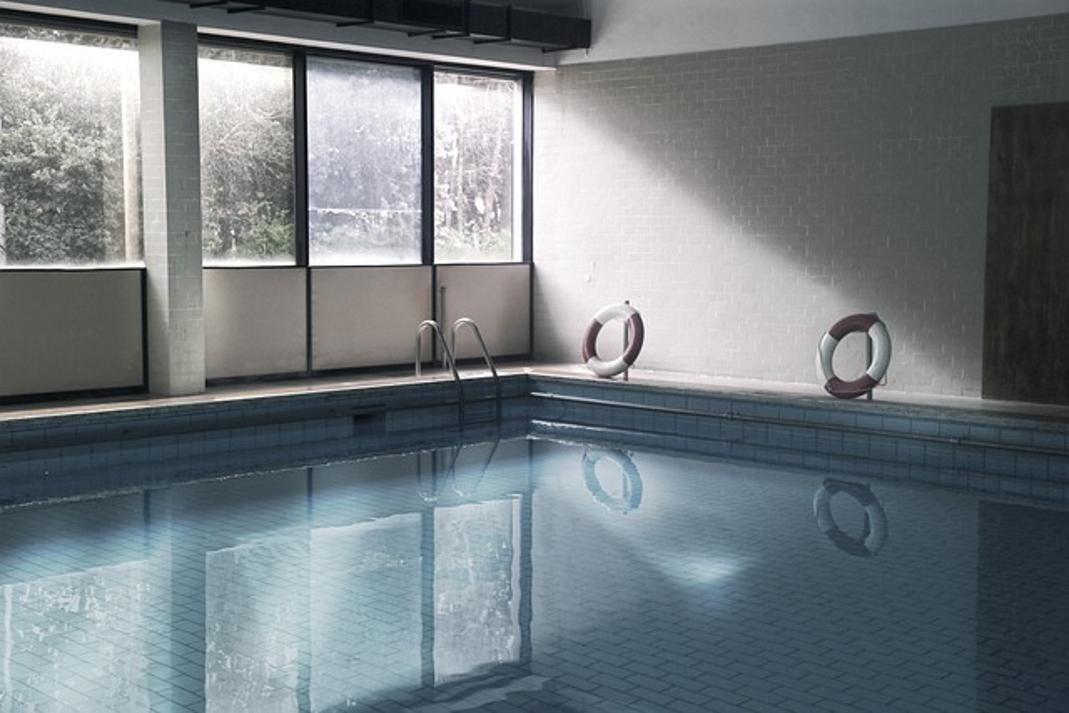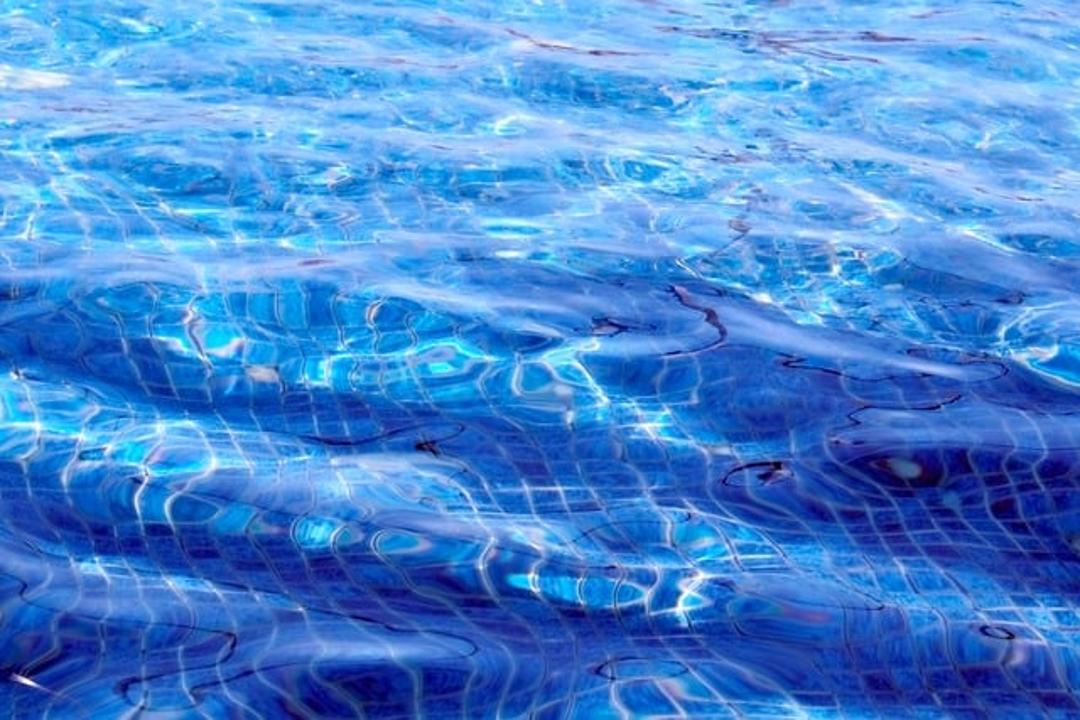Introduction
Owning a swimming pool promises endless fun and relaxation. However, the maintenance side, particularly dealing with leaks, can be daunting. A leak in your pool liner can lead to significant water loss and potential damage to your property. Not only does this affect your pool’s performance, but it can also be quite expensive to fix if left unattended. Knowing how to find a swimming pool liner leak is essential for maintaining a healthy and enjoyable swimming environment. Let’s delve into the ways you can detect and address pool liner leaks effectively.

Signs of a Pool Liner Leak
Before diving into detection techniques, it’s critical to recognize the signs of a pool liner leak. The sooner you notice these indicators, the quicker you can act:
- Decreased Water Levels: A significant reduction in water levels over a short period is often the first sign of a leak.
- Wet Spots Around the Pool: Unexplained damp areas around your pool may be due to leaking water.
- Increased Chemical Consumption: When a pool leaks, it loses both water and chemicals, resulting in the need for frequent chemical adjustments.
- Air in the Pump System: Excessive air bubbles during filtration often indicate water escaping from the pool liner.
Understanding these signs helps you act quickly, minimizing potential damage.
Initial Leak Detection Methods
Once you suspect a leak, the next step involves some basic detection methods. These approaches can often pinpoint the leak’s location without using specialized equipment.
Visual Inspection
Start with a thorough visual inspection of the pool liner. Look for obvious signs such as tears, holes, or seams that have separated. Pay close attention to areas around pool fixtures such as lights, skimmers, and jets where leaks are more likely to occur.
The Bucket Test
The bucket test helps determine if your pool is losing water to evaporation or a leak. Here’s how to do it:
- Fill a bucket with pool water and place it on a step in the pool, ensuring the water level in the bucket matches the pool’s water level.
- Mark the water levels inside and outside the bucket.
- Let it sit for 24 hours, then compare the levels.
If the pool water level dropped more than the water level in the bucket, you likely have a leak.
Advanced Leak Detection Techniques
If initial methods don’t reveal the leak, you can employ advanced techniques for more accurate detection. The transition to advanced methods is crucial when basic inspections fail to identify the leak’s source, ensuring you don’t miss any hidden issues.
Dye Testing
Dye testing involves using a specially formulated dye to find leaks:
- Turn off the pool pump to still the water.
- Introduce the dye slowly near suspected areas.
- Observe the direction of the dye. If it’s drawn towards a certain spot, you’ve likely found your leak.
Underwater Inspection
For a more hands-on approach, equip yourself with a snorkel or diving equipment to perform an underwater inspection. Carefully check seams, corners, and fittings. Professional divers sometimes use cameras and specialized equipment to detect smaller leaks invisible to the naked eye.
Common Leak Locations and Causes
Knowing the usual spots for leaks helps narrow down your search. A clear understanding of where leaks are likely to occur can save time and effort.
Seams and Corners
Seams and corners are particularly vulnerable. Over time, wear and tear can cause these areas to weaken and develop leaks.
Around Pool Fixtures
Leaks frequently occur around pool fixtures like lights, skimmers, and return jets. These fixtures penetrate the liner, creating potential leak points due to compromised seals or aging materials.

Repairing the Leak
Once you’ve identified the leak, repairing it becomes the priority. Addressing the issue promptly ensures the longevity of your pool and prevents further complications.
- Patching Kits: For small tears and holes, vinyl patch kits are often effective. They include adhesive and patches that create a watertight seal.
- Professional Repairs: For more complicated leaks, professional repair services may be necessary. Experts use specialized tools and materials to ensure a durable fix.
Prompt repairs prevent further water loss and potential structural damage to your pool.

Preventing Future Leaks
Prevention is always better than cure. Regular maintenance can significantly reduce the likelihood of future leaks. Connecting to the repair section, a proactive approach will keep your pool in top shape.
- Routine Inspections: Conducting regular visual inspections helps catch potential issues early.
- Proper Chemical Balance: Maintaining balanced pool water chemistry prevents liner degradation.
- Clean Pool Surfaces: Regularly clean the pool liner to remove debris that can cause wear.
- Timely Repairs: Address minor damages immediately to prevent them from becoming major problems.
These preventive measures keep your pool in excellent condition, enhancing its longevity.
Conclusion
Finding and fixing a swimming pool liner leak is feasible with the right knowledge and tools. Quick action and regular maintenance ensure your pool remains a safe and enjoyable space for years to come. By implementing the steps discussed, you can effectively manage and prevent pool liner leaks, maintaining your pool’s health and efficiency.
Frequently Asked Questions
How can I tell if my pool liner is leaking?
Look for signs like decreasing water levels, wet spots around the pool, increased chemical usage, and air bubbles in the pump system.
What tools do I need to find a pool liner leak?
Basic tools include a pool inspection mirror, dye testing kit, and potentially snorkeling gear for underwater inspection.
When should I call a professional for pool leak detection?
If initial and advanced detection methods fail, or the leak is substantial and requires complex repairs, it’s time to call a professional.
